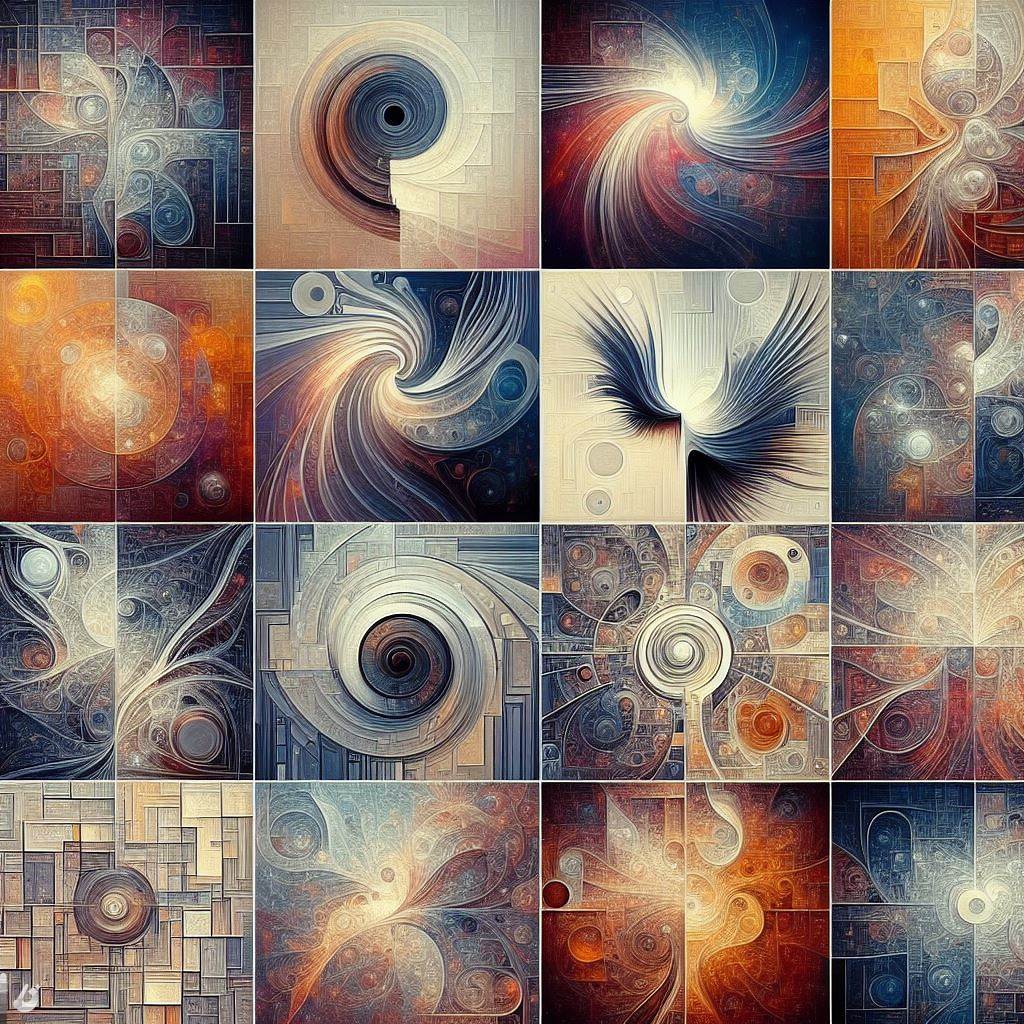
The year 2023 marked a significant shift in the perception of artificial intelligence (AI) from an optimistic vision to a looming challenge. From the controversy surrounding Sports Illustrated's management to the widespread use of AI-generated content, questions arise about the role of AI in shaping our cultural landscape.
AI in the Arts: Artists such as Ed Atkins, Martine Syms, Ian Cheng, and Agnieszka Kurant have long incorporated neural networks and large language models into their work. The use of AI in music production, exemplified by an AI-generated song mimicking Drake and The Weeknd, raises concerns about the potential threat to human creativity.
"When a TikTok user in April posted an AI-generated song in the style of Drake and The Weeknd, critics and copyright lawyers bayed that nothing less than our species' self-definition was under threat,"
Text-to-Image Generators: The emergence of text-to-image generators like Midjourney, Stable Diffusion, and Dall-E sparked fears that AI might encroach on cultural domains traditionally reserved for humans. These AI-generated images often exhibit common characteristics, such as symmetrical composition and a lack of human features.
"Without specific prompting, these AI images default to some common aesthetic characteristics: highly symmetrical composition, extreme depth of field, and sparkly and radiant edges."
AI's Limitations: AI's inability to innovate and create genuinely original content is evident. It can only produce prompt-driven approximations and reconstitutions of existing materials. The concern arises that AI might contribute to the devaluation and trivialization of culture.
"AI cannot innovate. All it can produce are prompt-driven approximations and reconstitutions of preexisting materials."
Threats to Human Creativity: As AI becomes more integrated into artistic processes, there is a risk of humans conforming to the limited capabilities of machines. The danger lies in the reduction of human thought and life to fit standardized data sets, eroding the richness of human creativity.
"Insofar as AI threatens culture, it's not in the form of some cheesy HAL-meets-Robocop fantasy of out-of-control software and killer lasers. The threat is that we shrink ourselves to the scale of our machines' limited capabilities."
Cultural Expectations and Human Flourishing: Rather than fearing AI's capabilities, the focus should shift to raising cultural expectations for humans. The call is to demand that art, even when aided by technology, reflects the full extent of human powers and aspirations.
"Rather than worry about whether bots can do what humans do, we would do much better to raise our cultural expectations of humans: to expect and demand that art -- even and especially art made with the help of new technologies -- testify to the full extent of human powers and human aspirations."
Conclusion: The intersection of AI and culture in 2023 raises questions about the direction of artistic expression and human creativity. While AI presents challenges, it may also serve as a catalyst for reevaluating and enhancing the unique qualities that define human culture. The dialogue surrounding AI's role in culture calls for a thoughtful consideration of the balance between technological advancements and preserving the essence of human expression.